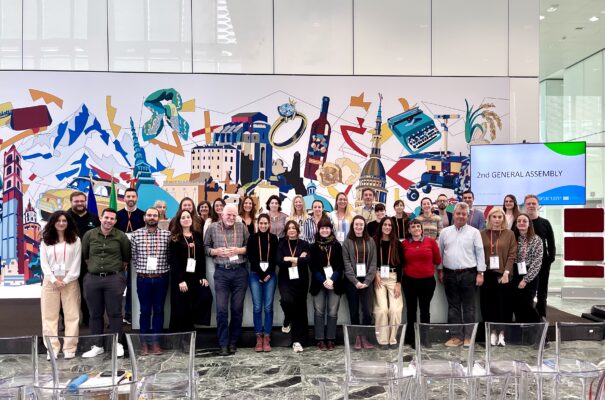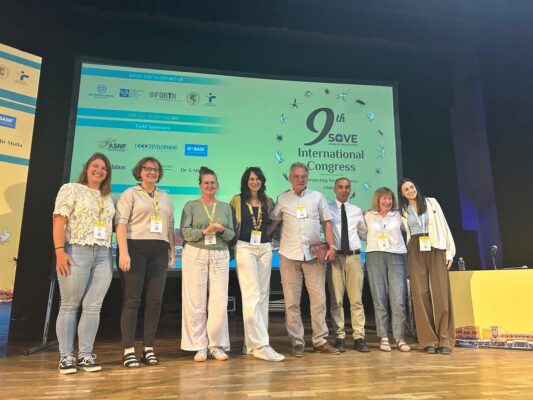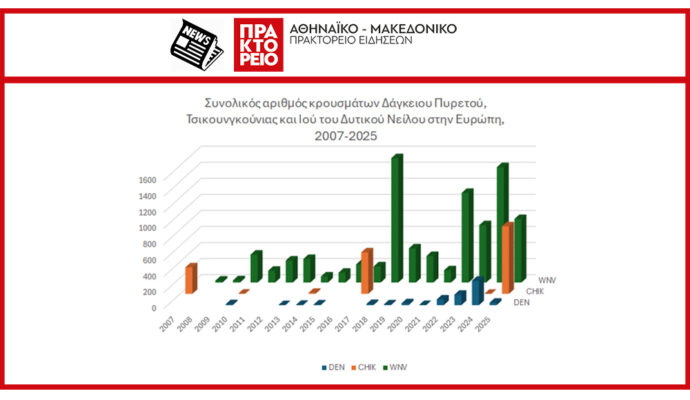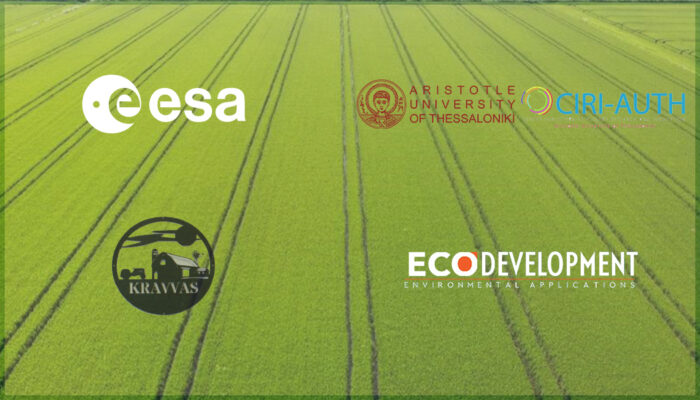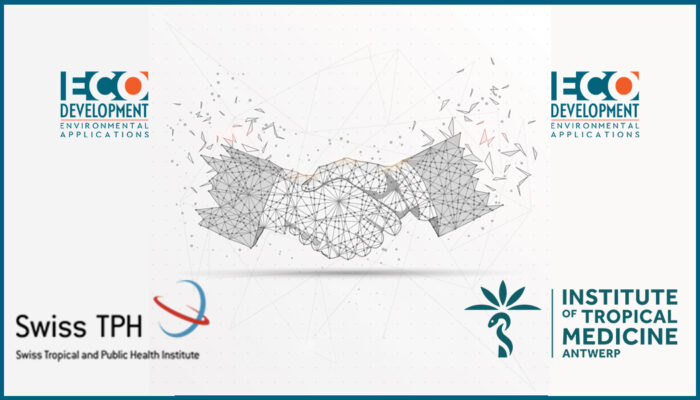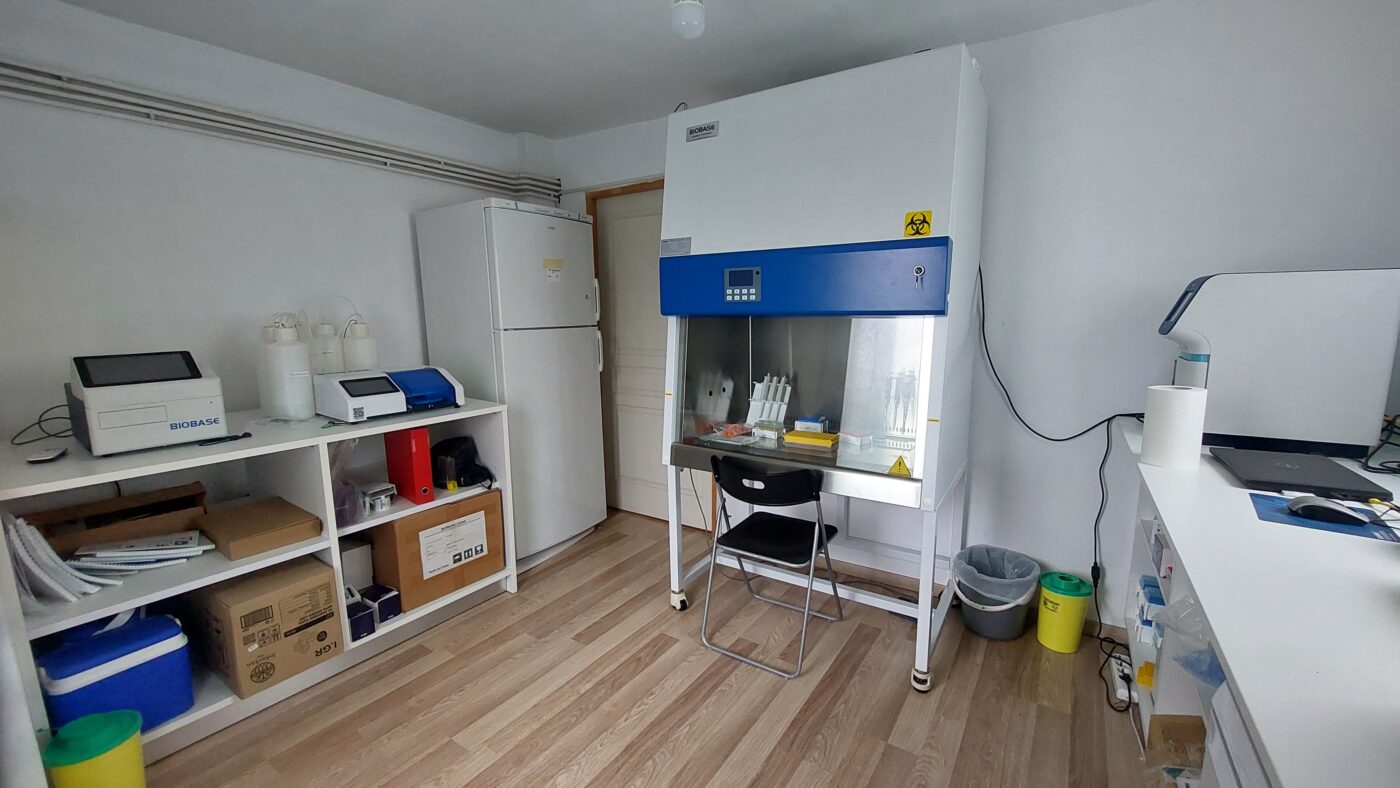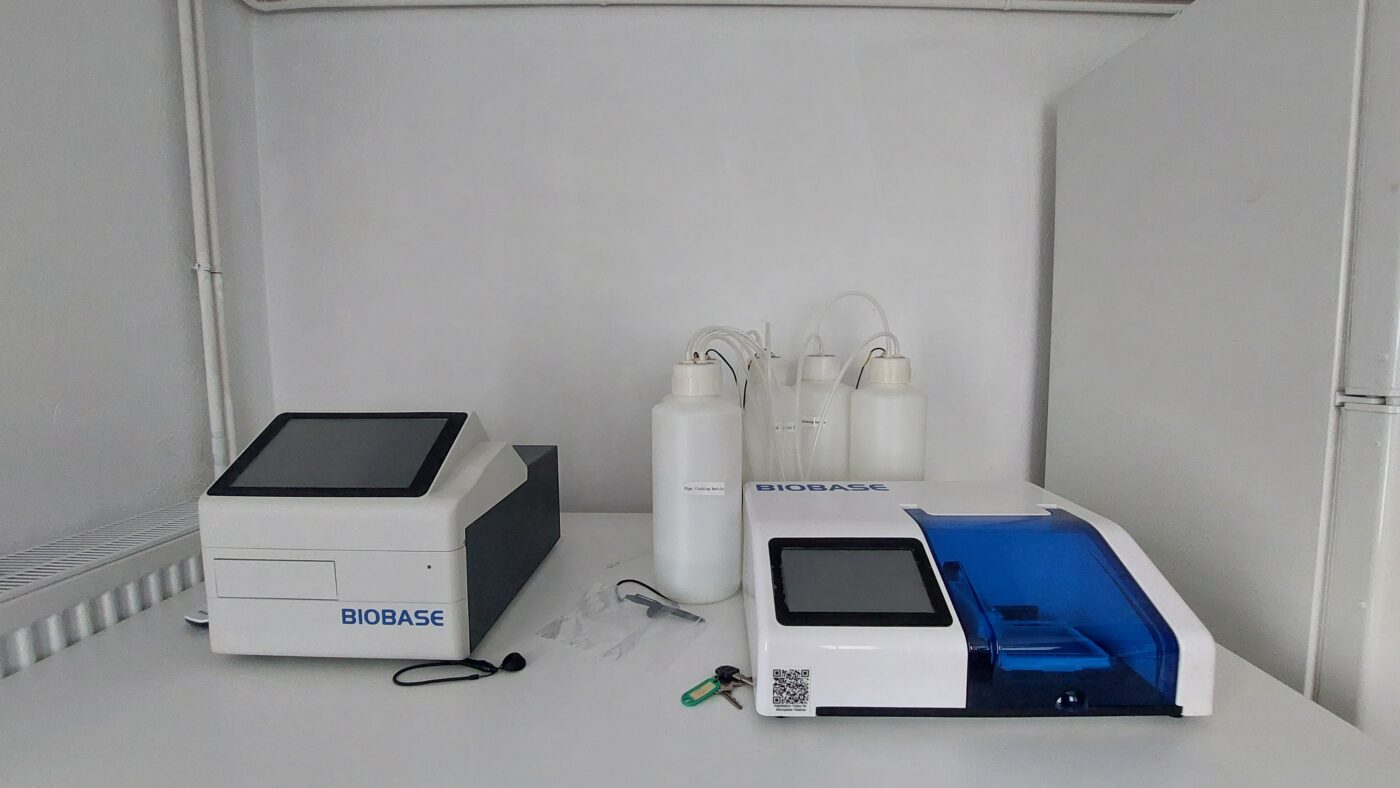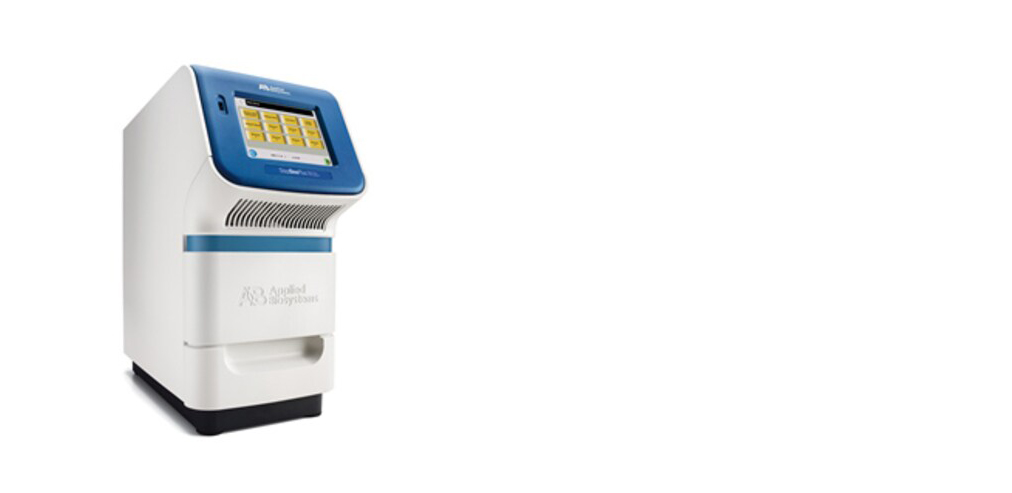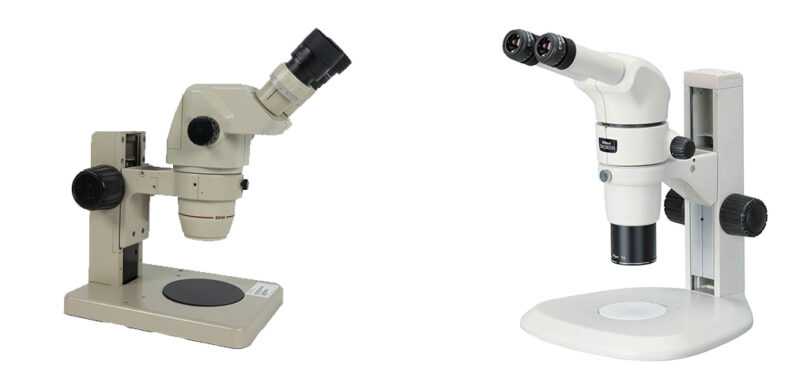Since 1996 we are pioneers at the implementation of wide – area mosquito control projects and we continue to innovate.
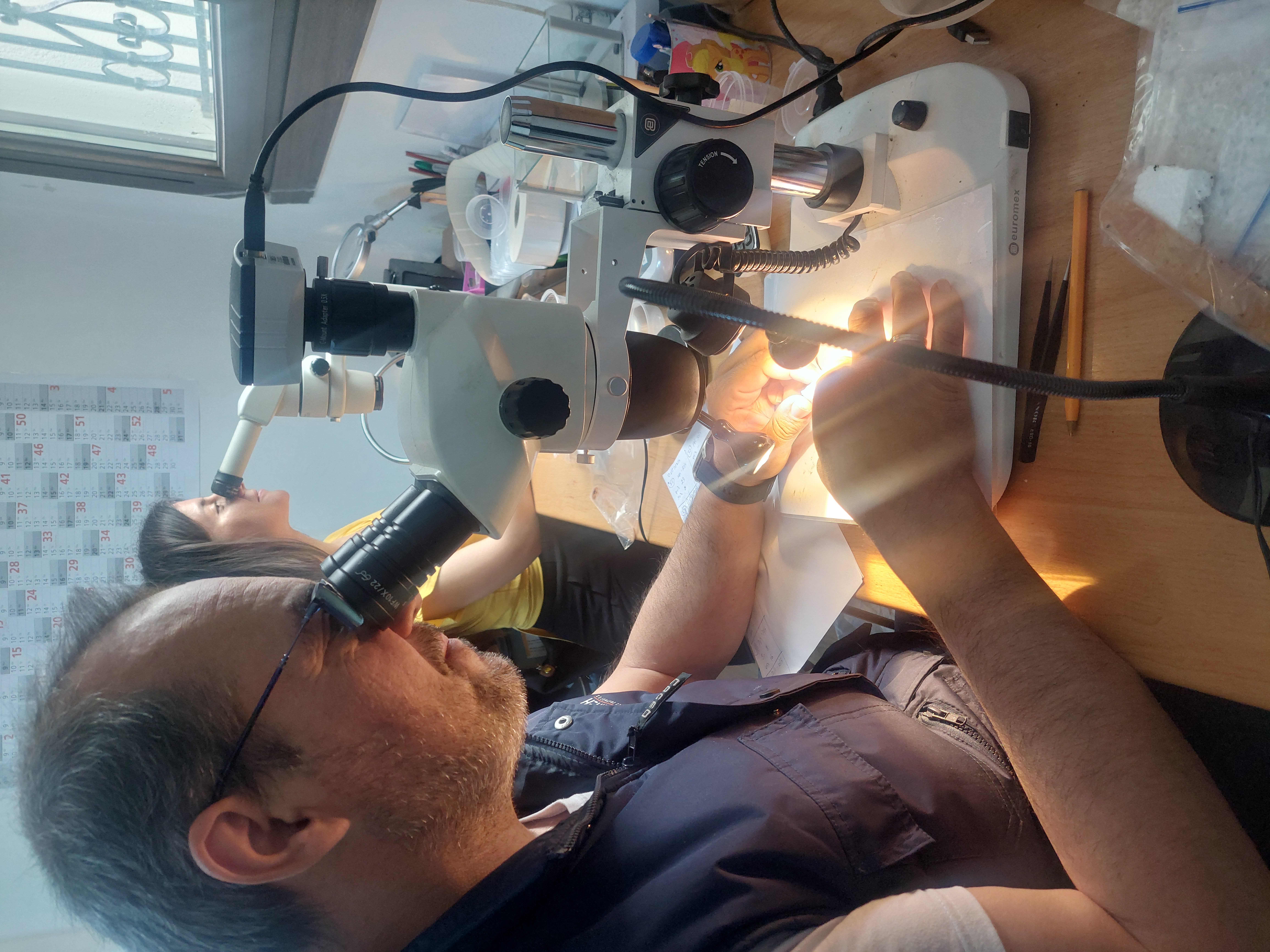
The Ecodevelopment laboratory was created in mid-2022, operated as a pilot in the summer of the same year and began serving the company’s operational needs in the summer of 2023.
The laboratory is currently focusing on analyses for the detection of West Nile virus (WND) in mosquito adults and the presence of antibodies against WNV in serum following blood sampling that we systematically perform in domestic hens (less than 6 months old). Adult mosquitoes are collected from a network of 250 sites, in five Regions of the country where CO2 traps are placed, every two weeks for about 6 months a year. These mosquitoes are identified in their entirety at species level and then the individuals of the species Culex pipiens (which is involved in the transmission of WNV in Greece), are grouped into groups of 50 individuals. Most of these groups are analyzed in our laboratory (RT-PCR polymerase chain reaction) and a part of them is sent to collaborating laboratories such as the Arbovirus Reference Laboratory of the Medical School of the Aristotle University of Thessaloniki (Laboratory Professor in charge Mrs. Anna Papa). Similarly, blood samples are collected from hens in 220 settlements of four Regions in two or three cycles with most of the biological material being analyzed in our facilities (competitive ELISA) and part of them being sent to collaborating laboratories such as the Diagnostic Laboratory of the Clinics of the School of Veterinary Medicine of the Aristotle University of Thessaloniki (responsible Associate Professor, Chrysostomos Dovas).
The main advantage of the operation of the molecular-biochemical laboratory this year was the rapid production of data that were used to better manage epidemiological risk in relation to focused mosquito control actions, along with the feeding of our predictive models. The ultimate goal of the laboratory’s operation is to include in its future actions and analyses of veterinary and environmental interest.
Indicatively, in 2023 a total of 266,000 mosquito adults were identified at species level, PCR analyses were carried out for more than 500 samples, ELISA analyses for 680 samples, and systematic measurements for the content of mosquito traps (GAT traps) and oviposition traps (Ovitraps), and for quality control purposes, larval samples were identified at genus level from the field.






